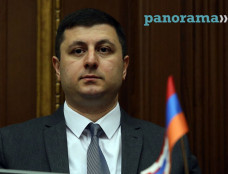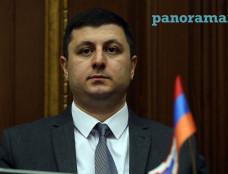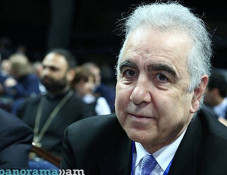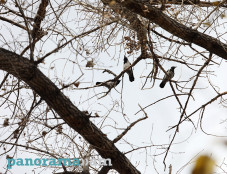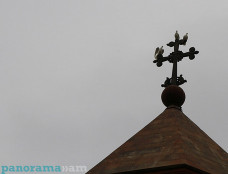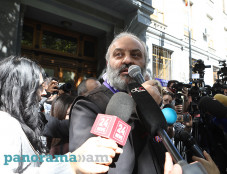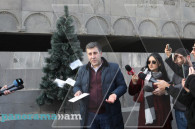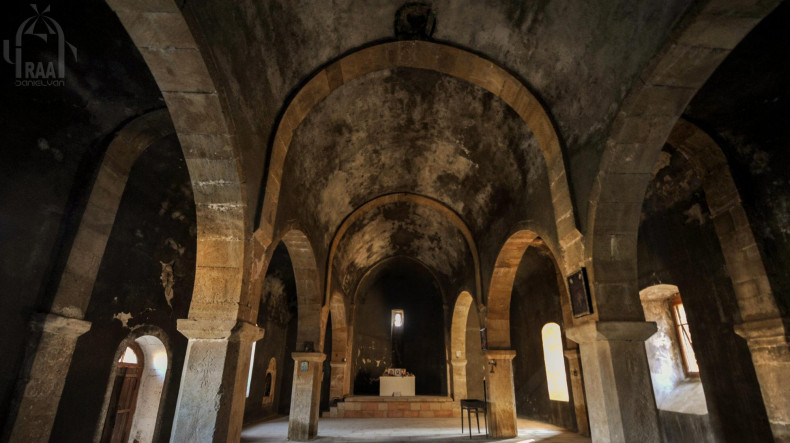
Aliyev portrays Talish House of Culture as Russian church, though there has never been Russian church in village – statement
The Amenaprkich Church in the Artsakh (Nagorno-Karabakh) village of Talish can be represented as Aghvan only by the ignorant, Artsakh’s State Service for the Protection of the Historic Environment said in a statement on Tuesday. The full text of the statement is provided below.
“The village of Talish is located in Martakert region and remained under the control of Azerbaijan after the 44-day war.
Materials found during earthworks in the village and its surroundings, in particular stone tools, stone burials, indicate that people have lived in this area since ancient times.
In the 5th century, the settlement near the Horeka monastery was called Tarij, from the 13th century the village was called Horeka.
In 1822 the name of the village Melik-Beglaryan Talish-Bek was renamed to Talish. At that time Mesrop Taghiadyants called this village Diza. Convenient, strategically important location allowed the settlement to become the administrative center of the Gulistan principality.
The construction of the Amenaprkich Church in the center of Talish was completed in 1894. According to Makar Barkhudaryants, it was built at the expense of society. The monument stands out for its exceptionally large size, a spacious three-aisled basilica. It is built from local polished and rough brown stones. Fully polished interior, vaulted, tin roof
The baptismal font is built into the western part of the northern wall. The size of the monument is 21.75 meters long and 13.1 meters wide. According to Barkhudaryants, the church had two entrances that opened from north to south. Later, the south door was closed. The church has 9 windows: 3 from the east, 1 from the west, 2 from the north and 3 from the south.
The walls and roof of the church were destroyed during the First Artsakh War due to the bombing by Azerbaijanis, which was restored in 1998.
The Amenaprkich Church, built in the 19th century in Talish, can be represented as the Aghvan church only by the ignorant, who do not have basic knowledge about historical events, but this does not limit the thoughts of Aliyev Jr. about the Talish House of Culture, the construction of which began in 1957 and ended in 1959. During a recent visit, for some reason, he introduced it as the Russian Orthodox Church, despite the fact that there has never been a Russian church in Talish.
It was a 280-seat club, where films were shown every day, concerts and theatrical performances were often staged. The club was in good condition, but after the occupation of the village it was demolished.
If only Aliyev had the courage to show how the monument to the heroes of the Patriotic War and heroes who died in the Artsakh war was demolished.”
Newsfeed
Videos






